What is Ordiswap (ORDS) Crypto Coin? A Complete Guide
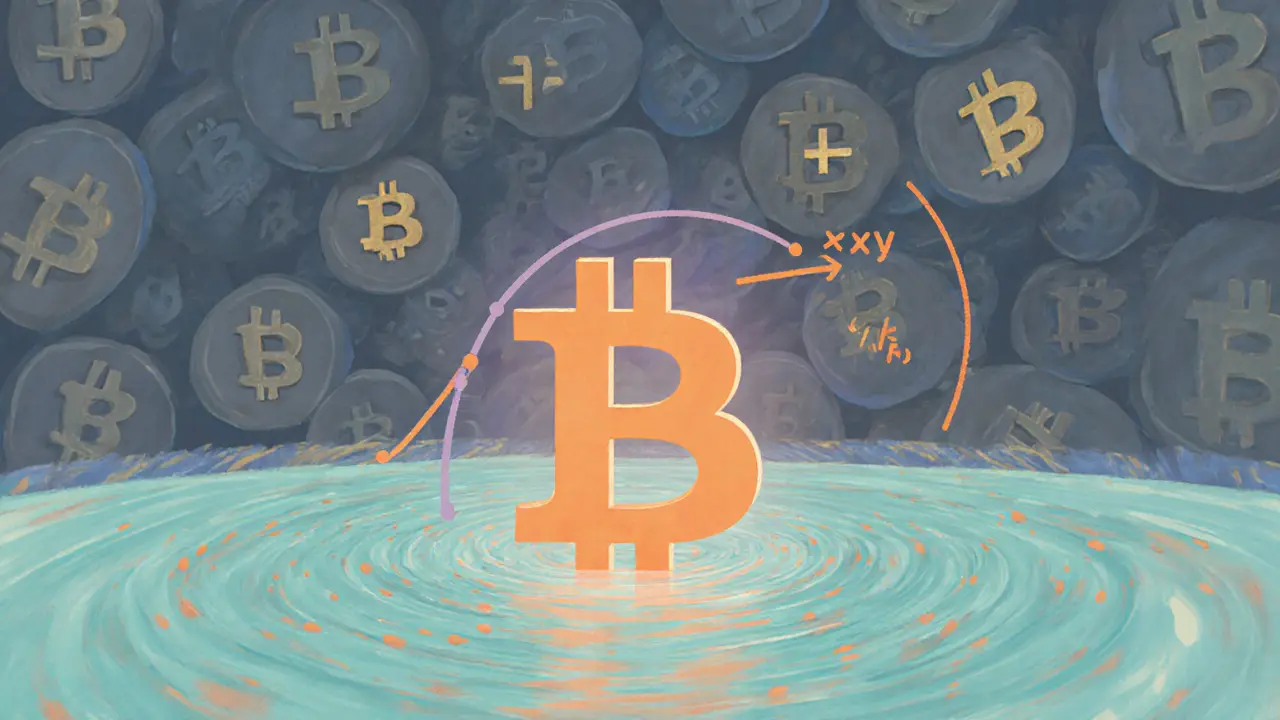
ORDS Token Price Tracker
Current Price
$0.000965
-1.2% (24h)
Market Cap
$590,000
Fully diluted: $700,000
All-Time High
$0.2816
Reached on March 5, 2024
24h Volume
$185,000
ORDS/USDT pair dominates
Key Metrics
Total Supply: 1 Billion
Circulating Supply: 600 Million
Contract Address: 0x8AB2...52B83c
Holders: 12,430
Exchanges: Gate.io, Bilaxy, MXC, BitKan
Launch Date: December 2023
Price Analysis
RSI (14-day): 59.8
50-day SMA: $0.000975
200-day SMA: $0.000805
24h Change: -1.2%
7d Change: -8.7%
30d Change: -72.3%
Important Notice
ORDS is highly volatile and speculative. Past performance is not indicative of future results. Please conduct your own research before making investment decisions.
When Bitcoin’s simple scripting system meets modern DeFi, the result is Ordiswap (ORDS). Launched in late 2023, Ordiswap claims to be the first automated market maker (AMM) built directly for Bitcoin’s BRC‑20 token standard. If you’ve been watching the crypto scene, you’ve probably seen headlines about BRC‑20 tokens popping up on Bitcoin’s “Ordinals” layer, but the real question is: what does Ordiswap actually do, and why should you care?
Defining Ordiswap and Its Core Purpose
Ordiswap is a decentralized automated market maker protocol designed specifically for BRC‑20 tokens on the Bitcoin blockchain. In plain terms, it lets anyone trade Bitcoin‑native tokens without relying on a centralized order book. By blending the emerging Ordinals technology with the BRC‑20 token standard, Ordiswap creates a liquidity pool that automatically matches buyers and sellers, similar to Uniswap on Ethereum but operating on Bitcoin’s layer‑1.
How the AMM Model Works on Bitcoin
The classic AMM model uses a constant‑product formula (x·y = k) to keep a pool balanced. Ordiswap adapts this formula to BRC‑20 tokens, which are essentially inscriptions on satoshis. Because Bitcoin lacks a native smart‑contract engine, the protocol runs most of its logic off‑chain and settles trades on‑chain via signed transactions that reference the relevant Ordinal inscriptions.
Key steps in an Ordiswap trade:
- User deposits an ORDS token and a paired asset (usually USDT) into a liquidity pool.
- The off‑chain service calculates the new price using the constant‑product curve.
- A Bitcoin transaction, signed by the user, records the token transfer and updates the pool’s state.
- The transaction is broadcast to the Bitcoin network, finalizing the swap.
This hybrid approach preserves Bitcoin’s security while offering DeFi‑style trading speed.
Tokenomics: ORDS Supply and Distribution
Ordiswap’s native governance token is ORDS (ORDS token)a utility token that grants voting rights on protocol upgrades and provides liquidity incentives. The total supply is capped at 1billion tokens, with around 60‑70% already in circulation (roughly 590million to 710million, depending on the data source). The token was first listed on December 28, 2023 after a seed funding round that closed the same month.
Distribution highlights:
- Seed investors received a private allocation (exact amounts undisclosed).
- Liquidity mining rewards accounted for roughly 15% of the initial supply.
- Community airdrops and bounties covered the remaining public allocation.
As of the latest snapshot, the contract address is 0x8AB2...52B83c and there are about 12,430 unique holders.
Market Performance and Price History
Like most BRC‑20 projects, ORDS has experienced wild swings. The token peaked at $0.2816 on March52024, riding the broader crypto bull market. Since then, price has collapsed by over 99%, hovering between $0.000889 and $0.001042 across major exchanges.
Key metrics (April2025 data):
- All‑time low: $0.0004853 (April242025).
- Current market cap: $560k-$630k.
- Fully‑diluted market cap: $580k-$940k.
- 24‑hour trading volume: $30k-$312k, with spikes up to $78k for the ORDS/USDT pair.
Technical indicators show mixed signals: the 50‑day SMA ($0.000975) sits above the 200‑day SMA ($0.000805), hinting at short‑term upward pressure, while the 14‑day RSI (≈59.8) suggests the token is edging toward overbought territory but not there yet.
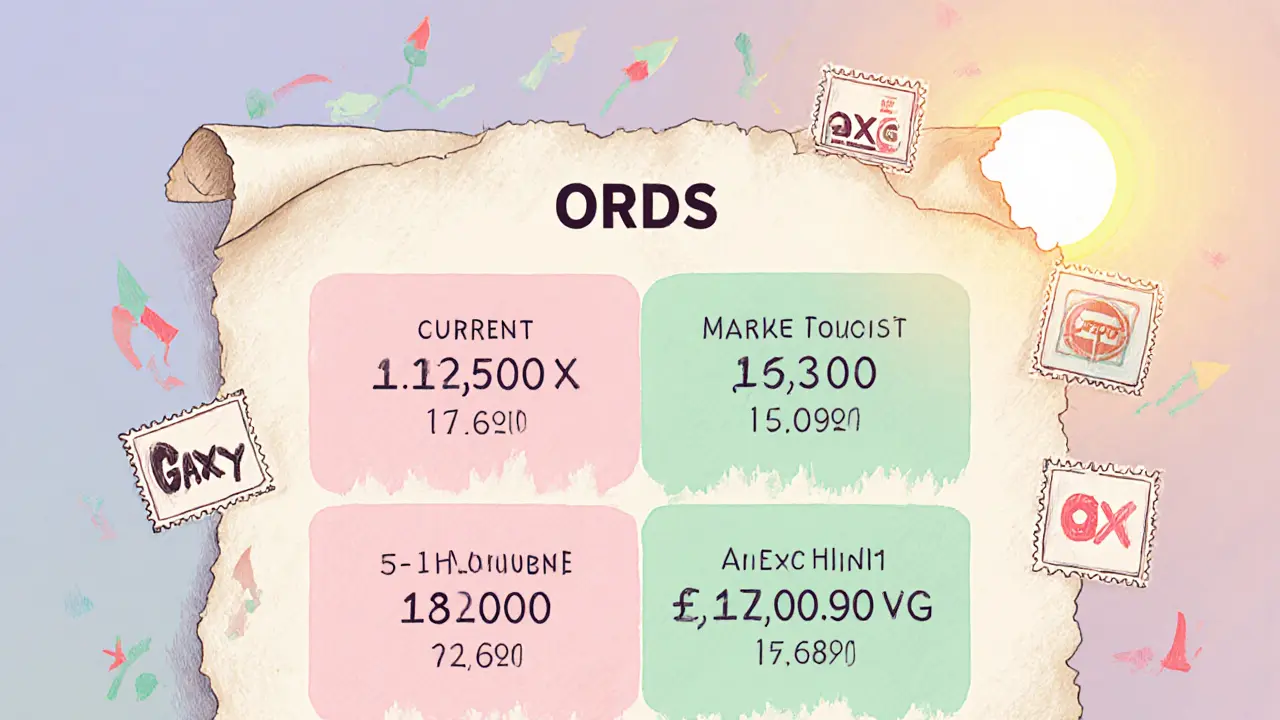
Where ORDS Trades: Exchanges and Liquidity
ORDS is listed on six notable crypto exchanges, including Gate.io (a major spot exchange) and Bilaxy. The most liquid pair is ORDS/USDT, accounting for roughly 52% of total daily volume.
Because BRC‑20 tokens are still niche, order‑book depth is thin. Traders often rely on the AMM pools for price discovery, which can amplify volatility during rapid inflows or outflows.
Competitive Landscape: How Ordiswap Stands Against Peers
Ordiswap isn’t alone in trying to bring DeFi to Bitcoin. Its main rivals are:
| Protocol | Model | Launch | Primary Token | Liquidity Focus |
|---|---|---|---|---|
| Ordiswap | AMM | Dec2023 | ORDS | Dynamic pool incentives |
| DotSwap | AMM | Jan2024 | DOTS | Standard pool rewards |
| Orders Exchange | Order‑book | Feb2024 | ORDX | Limit order matching |
| HOTFI | Liquidity‑as‑a‑service | Mar2024 | HOT | Liquidity mining for BRC‑20 |
Ordiswap’s differentiation comes from its exclusive focus on AMM mechanics, whereas competitors like Orders Exchange use a traditional order‑book. That choice gives Ordiswap smoother price curves but also means it inherits the liquidity‑fragility typical of AMMs on thin markets.
Development Activity and Roadmap Outlook
After the seed round, the team released a basic UI and the first set of liquidity pools. Public roadmaps are sparse, which is common for early‑stage crypto projects, but community chatter hints at future milestones:
- Version2.0: on‑chain settlement improvements to reduce reliance on off‑chain services.
- Cross‑chain bridges to move BRC‑20 assets onto EVM‑compatible networks.
- Governance upgrades allowing ORDS holders to vote on fee structures.
Regulatory uncertainty around Bitcoin‑based DeFi adds another layer of risk. Until clear guidance emerges, projects like Ordiswap must balance innovation with compliance caution.
Is ORDS Worth Holding? Analyst Takes
Short‑term outlook from platforms such as CoinCodex is bearish: a projected price dip to $0.000802 by the end of 2025, implying a 25% decline. However, 2026 forecasts paint a more optimistic picture, with analysts estimating a price range of $0.0006-$0.0027, driven by potential resurgence in BRC‑20 trading volume.
For investors, the decision boils down to three factors:
- Liquidity depth: thin pools mean large trades can shift price dramatically.
- Ecosystem growth: if Bitcoin DeFi gains traction, ORDS could reap network‑effect benefits.
- Governance participation: active community voting can shape fee structures, potentially boosting token utility.
If you’re comfortable with high volatility and believe Bitcoin DeFi will expand, holding ORDS for the long haul might make sense. Otherwise, treating it as a speculative play could be safer.
Quick Reference Cheat Sheet
- Launch date: December2023
- Token ticker: ORDS
- Total supply: 1billion
- Current circulating supply: 590million-710million
- All‑time high: $0.2816 (Mar52024)
- Current price range: $0.000889-$0.001042
- Main trading pair: ORDS/USDT
- Key exchanges: Gate.io, Bilaxy, MXC, BitKan
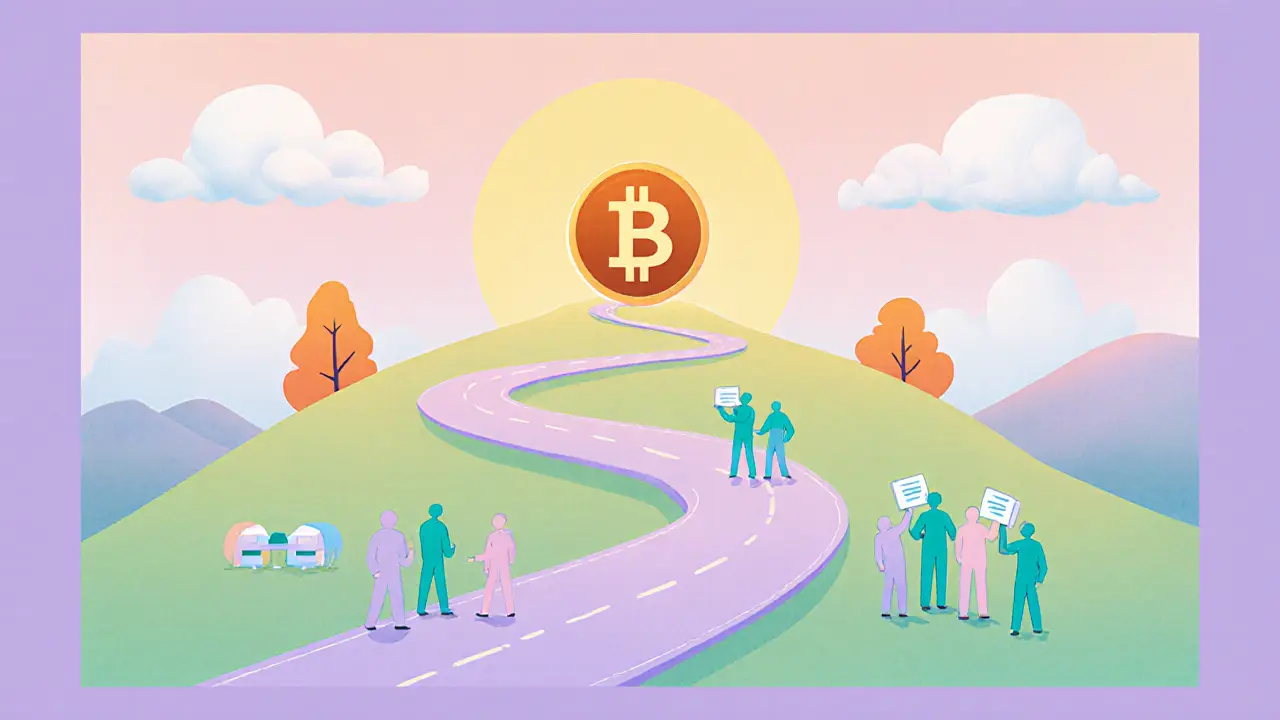
Frequently Asked Questions
What is the primary function of Ordiswap?
Ordiswap provides an automated market maker (AMM) platform that lets users trade BRC‑20 tokens directly on Bitcoin’s layer‑1, using liquidity pools instead of a traditional order book.
How does Ordiswap differ from Ethereum‑based AMMs?
Unlike Ethereum AMMs that run entirely on‑chain with smart contracts, Ordiswap runs most logic off‑chain and records final swaps on Bitcoin via signed transactions, because Bitcoin lacks a native smart‑contract layer.
Where can I buy ORDS?
ORDS trades on several spot exchanges, most notably Gate.io, Bilaxy, MXC and BitKan, usually paired with USDT.
Is there a governance mechanism for ORDS holders?
Yes. ORDS is a governance token; holders can vote on protocol upgrades, fee adjustments, and liquidity‑incentive parameters through on‑chain proposals once the governance module is fully deployed.
What are the main risks of investing in ORDS?
Key risks include extreme price volatility, thin liquidity which can cause slippage, limited adoption of BRC‑20 DeFi, and regulatory uncertainty surrounding Bitcoin‑based financial services.

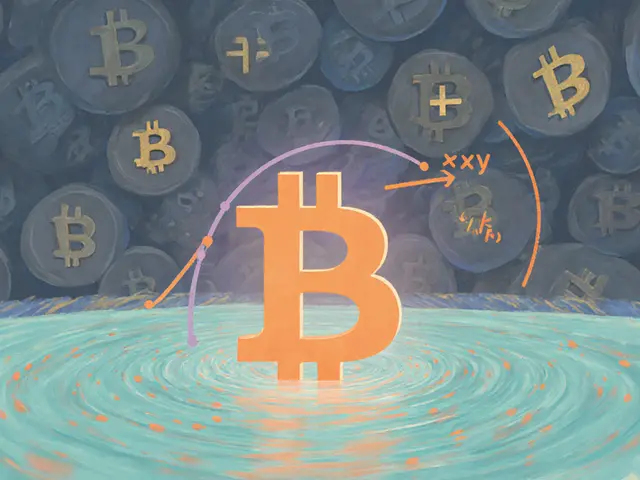
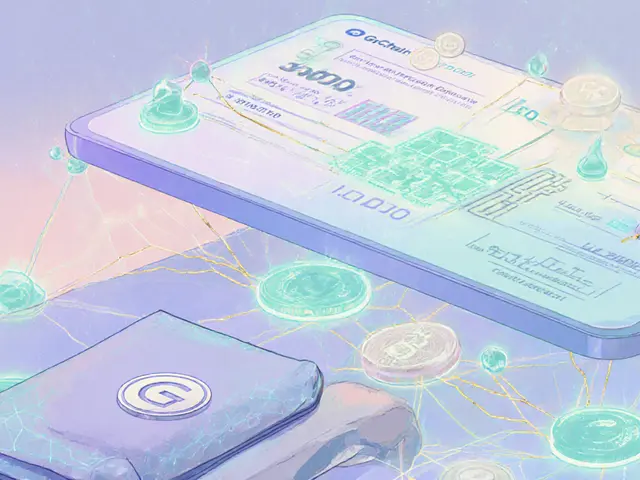
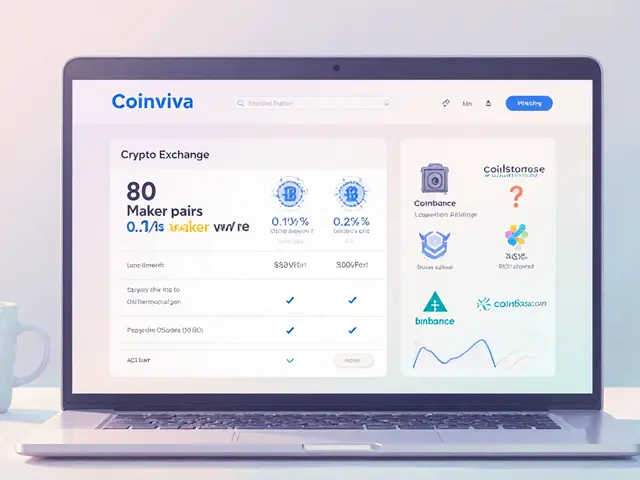
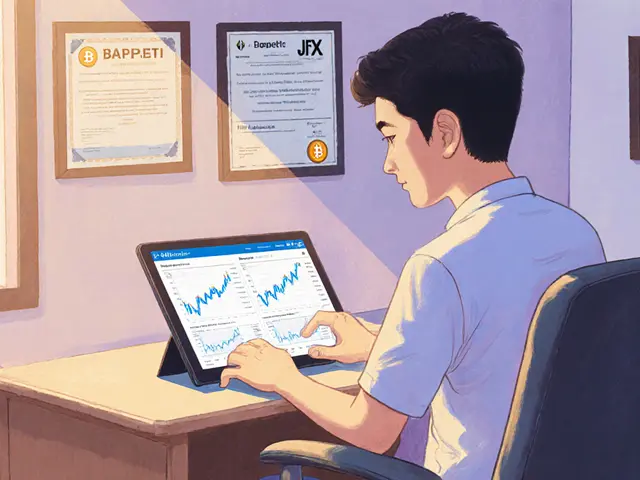
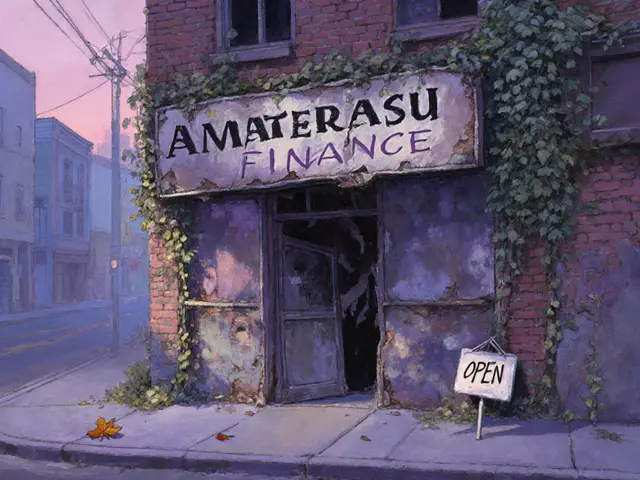


Ordiswap’s AMM model could actually give Bitcoin DeFi a foothold if more liquidity comes in. I’m optimistic that the upcoming version 2.0 will smooth out the off‑chain quirks and attract traders.
Wow, another “groundbreaking” token that drops 99% in a week 🙄🚀
The architecture described in the guide overlooks the inherent latency introduced by off‑chain price calculations. Such a design choice raises concerns about settlement finality and could expose users to front‑running attacks.
From a liquidity engineering perspective, ORDS suffers from anemic pool depth, leading to exorbitant slippage coefficients and price impact curves that are practically non‑linear. The AMM’s constant‑product invariant is being stretched beyond its operational envelope.
Picture this: a world where Bitcoin’s immutable ledger finally hosts a thriving DeFi ecosystem, and Ordiswap is the bridge. The current volatility is just the growing pain of a newborn protocol, not a death sentence. If you believe in the long‑term narrative of Bitcoin as digital gold, this token could be a stepping stone. High risk, high reward-exactly the kind of story that fuels entrepreneurial fire. Stay patient, stay vigilant, and the upside could be spectacular.
Liquidity depth remains thin. The model may need more incentives.
Let’s be clear: indigenous blockchain solutions should prioritize sovereignty, not rely on borrowed Ethereum concepts. Ordiswap’s off‑chain dependency undermines the very principle of decentralization.
Ordiswap emerges at a fascinating intersection of Bitcoin’s immutable security and the experimental world of BRC‑20 tokens, and that alone merits a closer look.
While the token’s price has been through a roller‑coaster, the underlying technology showcases a bold attempt to adapt the AMM paradigm to a blockchain that traditionally lacks smart contracts.
The off‑chain order‑matching engine, though a pragmatic solution, introduces a trust layer that some purists might find unsettling, yet it also illustrates innovative engineering.
In practice, this hybrid model means users can swap tokens without waiting for the slower, on‑chain confirmation cycles that usually plague Bitcoin transactions.
Moreover, the liquidity mining incentives baked into the protocol aim to bootstrap depth, a crucial factor given the current holder count of just over twelve thousand.
If you examine the chart, the 50‑day SMA sitting above the 200‑day SMA hints at a subtle bullish bias, even as the RSI hovers near sixty, suggesting momentum is not yet exhausted.
The token’s supply caps at one billion, with roughly sixty percent already circulating, positioning it in a sweet spot for potential scarcity-driven appreciation.
Community governance, enabled through the ORDS token itself, could eventually empower holders to steer fee structures and reward schemes, aligning incentives with long‑term health.
Critics will point to the thin order books on centralized exchanges, but the AMM pools provide an alternative price discovery mechanism that, with sufficient participation, can reduce volatility.
Cross‑chain bridge aspirations, slated for the roadmap, could further integrate ORDS into the broader DeFi ecosystem, opening arbitrage opportunities that attract capital.
It’s also worth noting that the protocol’s developers have shown a commitment to transparency, regularly publishing updates and seeking community feedback.
When considering risk, the specter of regulatory scrutiny looms, especially as Bitcoin‑based DeFi garners more attention from policymakers.
Nevertheless, the project's resilience in the face of price drops demonstrates a community that believes in the vision beyond mere speculation.
For those willing to tolerate short‑term pain, the potential upside of being an early adopter in a nascent Bitcoin DeFi layer is compelling.
In summary, while the journey ahead is fraught with challenges, Ordiswap’s innovative approach could lay foundational bricks for a more diversified Bitcoin ecosystem.
Sure, the hype train is full of noise, but the protocol’s gas‑free settlement model is actually a clever workaround for Bitcoin’s on‑chain limitations 🚂💡. The risk‑adjusted return might still outperform traditional fiat yields if you allocate a modest portion of your portfolio.
One must ask whether chasing a token that flirts with oblivion is an act of financial folly or a testament to humanity’s eternal quest for meaning in chaos. The allure of volatility often masks deeper existential voids.
That’s just romanticizing failure; the market doesn’t care about philosophical musings, only about capital efficiency.
Keep your eyes on the fundamentals and the community vibe 😊. Solid governance and clear roadmap can turn today’s volatility into tomorrow’s opportunity.
The data is crystal clear: ORDS is a sinking ship masked as innovation, and investors would be wiser to cut losses before the next dump.
Think of ORDS as a seed planted on a rocky hillside; it may sprout slowly, but given the right conditions, it could blossom into something unexpected.
While your metaphorical flourish is appreciated, a rigorous analysis reveals that the token’s utility function remains under‑defined, rendering such optimism unsubstantiated.
Yo, if you’re into high‑risk moves, give ORDS a peek – could be a wild ride, but hey, that’s the fun part of crypto.
Honestly, I think it’s all just hype and not worth the hassle.
There are valid points on both sides: the tech is innovative, yet the market depth is shallow, so anyone diving in should balance curiosity with caution.
Exactly! 🌟 If you decide to experiment, start with a tiny allocation, watch the pool’s slippage, and maybe join the Discord to learn from seasoned liquidity providers. That way you stay protected while still getting a taste of the action.
Maybe it will bounce back someday, but who knows.
I respect the effort behind the project, though I’d advise a measured approach given the current volatility.
Don’t let the dip scare you – every bear market is a chance to scout for diamonds in the rough. Stay focused, do your research, and you might find ORDS rewarding in the long run.